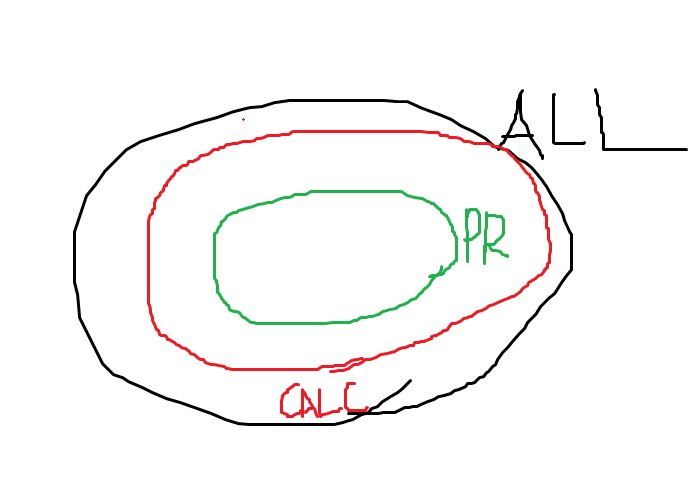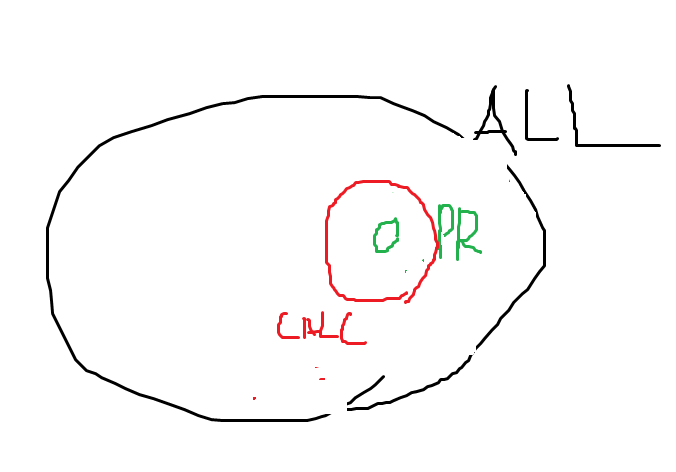Is calculation actually the most important skill in chess?
for U2000 players
For a long time I’ve believed that calculation was the most important skill in chess, especially for most amatuer players.
As I talked about in a previous post, calculation is not just about ending the game with a flashy sequence of moves.
It is a universal skill, that is applicable in almost any chess position.
Despite this, however, through working on calculation with various students, my opinions have slightly changed.
Calculation vs Tactics
Before I get to my main point, I want to just briefly differentiate between calculation and tactics.
First of all, let’s define calculation.
I like GM Jacob Aagaard’s one: ‘calculation is the process of seeing that which you do not already see’.
And for tactics, here is what I got from google: ‘a move or a short sequence of moves that forces a favorable outcome, often resulting in material gain or checkmate’.
While not always the case, tactics tend to rely much more on pattern recognition, compared to calculation.
So if calculation is ‘seeing that which you do not already see’, then tactics would lean more towards ‘seeing that which you already see’.
Obviously there’s a fair bit of overlap between the two, and some people may want to nitpick over the defintions and leave angry comments, but I think it helps to use this distinction.
For starters, let’s take the following position:

In contrast though, there are also many positions where pattern recognition alone is not enough.

The Problem
What I realized working with students of various ages and rating levels (mainly between 1500-2200 online), is that in many cases their calculation is not the main issue.
Especially for students I’ve had who are in this 1500-1800 range, the bigger problem is often that they aren’t recognizing tactical patterns quickly enough when calculating.
I know this might sound incredibly unhelpful at first, but let me explain.
Imagine we could somehow quantify all the important variations to calculate in a position, and add them upto 100%.
Here’s a high-quality drawing to illustrate my point:

Now imagine you take the green circle, and make it 1/10 its current size — representing a dramatic dip what you see automatically.

Well, then the number of things you will see through gritting your teeth harder, and exerting more effort through calculation is probably also going to be smaller.
And so more realistically, the corresponding results of ‘seeing that which you do not already see’ (aka calculation) is probably going to produce something like this:
You’ve probably heard the famous words: ‘you can’t outrun a bad diet’.
Well, I guess here the point is that you can’t outcalculate poor pattern recognition.
Too much vs too little calculation structure
I’ve noticed especially with some adult players, the idea of having this structured calculation ‘algorithm’ is very appealing.
That by just following some 7-step checklist, their calculation will become bullet-proof, and blunders will be slashed in half by the next morning.
For this type of player, though — while more difficult calculation practice is advised — its often the case that their (lack of) pattern recognition is holding them back more, rather than a lack of ability to be structured when calculating.
I should also say, if you want to specfically work on your pattern-recognition, I recommend checking out CT-Art 4.0.
Not sponsored or anything, but I’ve used it myself, and recommend it to many of my students.
It’s not perfect, but I think its one of the better resources out there for helping a player systematically develop their tactical pattern recognition.
On the other hand, I’ve noticed across several of the younger players I coached, that they tend to have better pattern recognition in comparison.
That is, relative to their equal ‘adult improver’ counterpart.
However, they do tend to struggle a bit more when it comes to being structured in how they think.
This is not to say though, that one type of player should only focus on basic tactics, and the other calculation — they’re both necessary.
Nonetheless, it helps to have this distinction in mind when trying to improve these areas of your game.
TLDR
Calculation is probably still the most important skill in chess.
However, for many players (esp. <1800) the fastest way to improve it is not through directly trying to become more disciplined in looking for ‘checks, captures, threats’, but rather by improving their tactical pattern recognition.
If you want to work with me 1-1, fill out this form.



You came to the same conclusion I did, but a different way. Ever since I wrote that piece about Aaggard's advice in "Simple but not Easy" I've been dwelling on his recommendation to do "mass quantities" of "basic, simple tactics." I think it's like playing Tetris from the 80's, you just start seeing the shapes everywhere. Since changing my tactics work, and doing it daily, I can confirm pattern recognition has improved greatly. +180 points in blitz over 1 month as evidence... FWIW
For adults who like structure, I wonder if a good coaching strategy would be to offer a position as a two-part question: 1) what do you notice about this position? 2) calculate to make something work